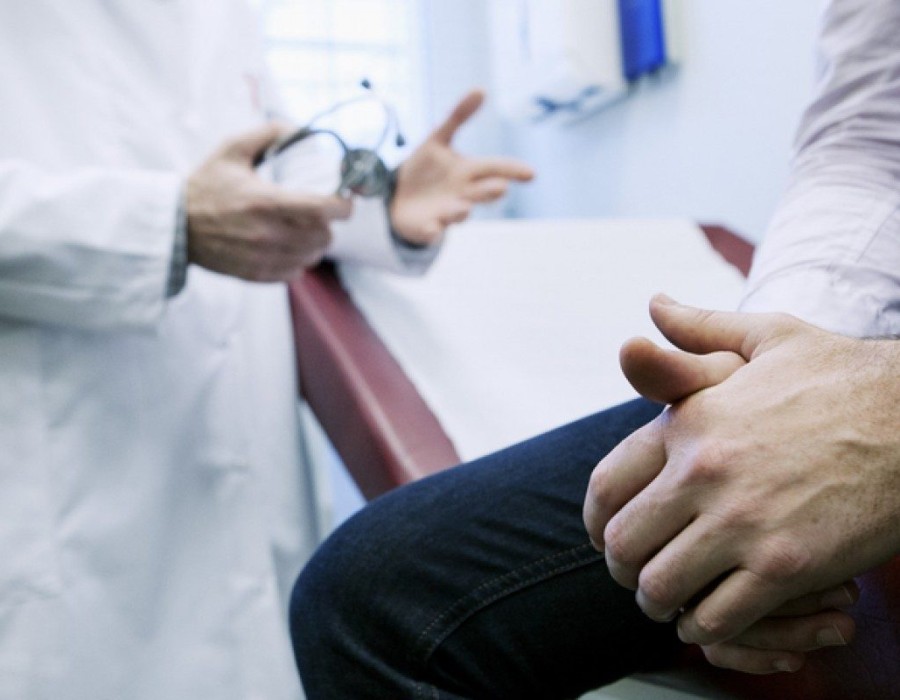Prostate enlargement, medically known as benign prostatic hyperplasia (BPH), is a common condition affecting many men as they age. It occurs when the prostate gland enlarges, potentially leading to uncomfortable urinary symptoms. For those seeking relief, Prostate Enlargement Treatment in Dubai provides various options tailored to meet individual health needs. This article will explore the mechanisms behind prostate enlargement treatments, their different methodologies, and what patients can expect from the process.
Understanding Prostate Enlargement
The Prostate Gland: A Brief Overview
The prostate gland is a small, walnut-sized organ located below the bladder in males. It plays a crucial role in the male reproductive system by producing seminal fluid. As men age, the prostate may enlarge, causing various urinary symptoms, including frequent urination, difficulty starting or stopping urination, and a weak urine stream.
Causes of Prostate Enlargement
BPH is primarily driven by hormonal changes that occur as men age. The exact cause remains unclear, but factors like genetics, hormonal imbalance, and inflammation may contribute to the condition. Understanding these underpinnings is vital for determining the most suitable treatment options.
Overview of Prostate Enlargement Treatment Options
Lifestyle Modifications
For some individuals experiencing mild symptoms of prostate enlargement, lifestyle modifications might suffice. This includes dietary changes, increasing physical activity, and avoiding irritants such as caffeine and alcohol. Such adjustments can significantly enhance quality of life and might even alleviate mild symptoms associated with BPH.
Alpha-Blockers
These medications work by relaxing the muscles around the bladder neck and prostate, facilitating a smoother urine flow. They provide quick relief for urinary symptoms.
5-Alpha-Reductase Inhibitors
These drugs help shrink the prostate by blocking hormones that contribute to prostate growth. They may take longer to show noticeable effects but can significantly improve urinary function.
Minimally Invasive Procedures
If medications do not provide adequate relief, patients may consider minimally invasive procedures. These treatments can often be performed on an outpatient basis and typically involve less recovery time.
Transurethral Resection of the Prostate (TURP)
TURP is a surgical procedure where excess prostate tissue is removed to relieve urinary obstruction. It offers significant symptom relief and is one of the most common treatments for BPH.
Laser Therapy
Laser therapy uses focused light to remove or destroy excess prostate tissue. This procedure is effective and may result in fewer side effects compared to traditional surgery.
Surgical Options
In cases where medications and minimally invasive procedures are insufficient, surgical interventions may be necessary. These surgeries typically involve more extensive procedures to remove portions of the prostate.
Open Prostatectomy
This traditional surgical method involves removing a significant portion of the prostate gland. While it may provide effective relief from symptoms, it is often reserved for severe cases.
Benefits
Improved Quality of Life
The primary objective of any treatment for BPH is to enhance the patient's quality of life. Successful treatment can lead to reduced urinary symptoms, thereby improving daily functioning and overall well-being.
Psychological Benefits
Dealing with urinary symptoms can lead to anxiety and stress. Effective treatment can alleviate these feelings, providing men with a renewed sense of confidence and comfort.
FAQs
1. What are the main symptoms of prostate enlargement?
Common symptoms of prostate enlargement include frequent urination, difficulty starting urination, a weak urine stream, and the sensation of incomplete bladder emptying. Men may also experience nocturia, which refers to the need to urinate at night.
2. How long does recovery take after prostate enlargement treatment?
Recovery time can vary depending on the treatment chosen. Minimally invasive procedures typically allow for quicker recovery, while surgical options may require a more extended period for healing. Always consult with your healthcare provider for personalized recovery timelines.
3. Are there any natural remedies for prostate enlargement?
Some men explore natural remedies, such as herbal supplements and dietary changes, alongside traditional treatments. However, it's important to consult a healthcare professional before trying any natural options, as their efficacy may vary, and interactions with medications can occur.
4. Is prostate enlargement a serious condition?
While prostate enlargement itself is not usually life-threatening, it can lead to discomfort and complications if left untreated. It’s essential to seek appropriate treatment to mitigate symptoms and improve the overall quality of life.
Conclusion
With various treatment options available, men dealing with prostate enlargement have promising avenues to regain comfort and function. From lifestyle changes and medications to minimally invasive and surgical procedures, each method offers unique advantages. For those considering Prostate Enlargement Treatment, it is essential to consult with a healthcare provider to explore the most suitable options tailored to individual needs. Empower yourself with knowledge about available treatments and take a proactive step towards better health.





Comments